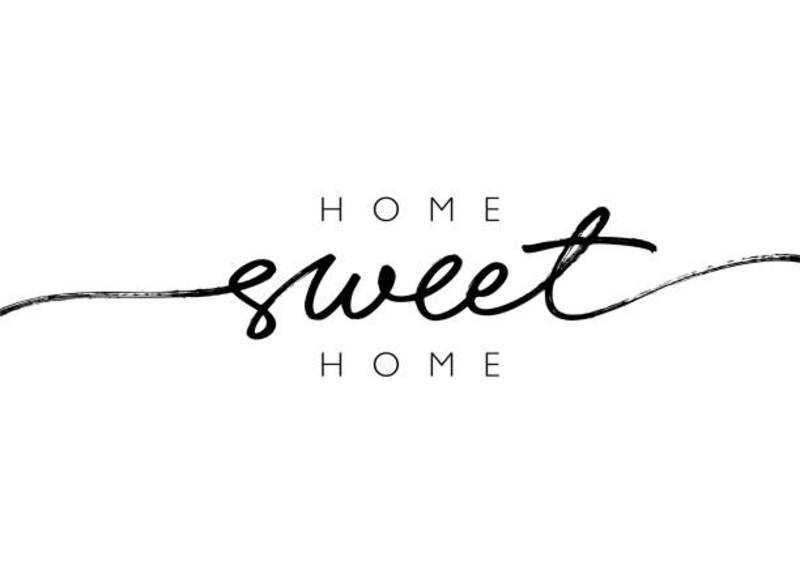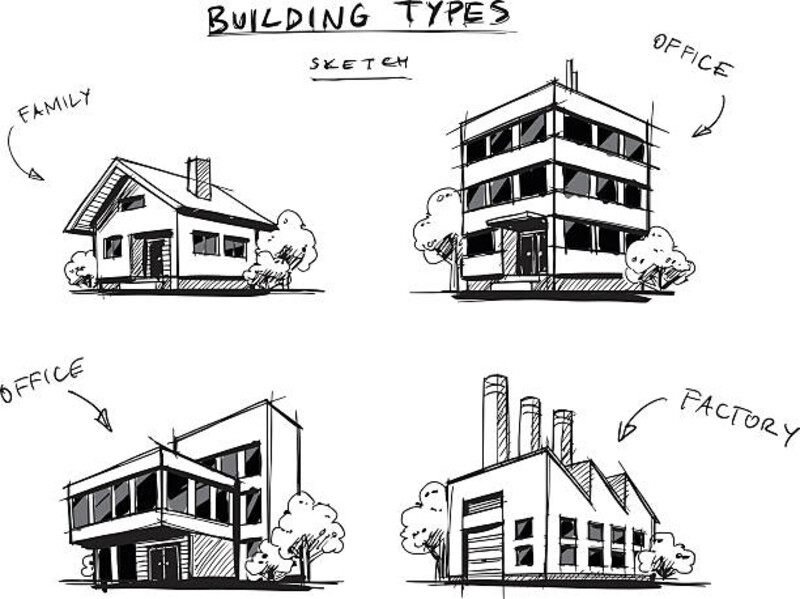The concept of "home" holds a special place in our lives. It is where we find comfort, security, and the freedom to express ourselves. Homes come in various shapes, sizes, and architectural styles, catering to the diverse needs and preferences of individuals and families. In this article, we will explore the different types of homes, from traditional single-family houses to unique and innovative housing options such as tiny houses and earthships. So, let's embark on a journey to discover the wonderful world of housing!
Single-Family Homes: A Classic Choice
Single-family homes are the epitome of the American dream. These standalone houses provide ample space and privacy for families to thrive. They typically feature a yard or garden and offer the flexibility to customize and expand according to personal preferences. From charming cottages to sprawling mansions, single-family homes offer a wide range of architectural styles and floor plans to suit individual tastes.
Townhouses and Condominiums: Urban Living
For those seeking a mix of privacy and convenience, townhouses and condominiums are excellent choices. Townhouses are multi-level dwellings that share walls with neighboring units. They offer a more compact living space with shared community amenities such as pools or gyms.
On the other hand, condominiums are individually owned units within a larger building or complex. Condos provide a low-maintenance lifestyle and often include services like security and maintenance.
Modular Homes: Building with Efficiency
Modular homes have gained popularity due to their affordability and energy efficiency. Built in sections or modules off-site, they are transported and assembled on the homeowner's lot. The construction process allows for customization and quick installation. These homes can be indistinguishable from traditionally built houses and offer comparable durability and quality.
What are the Benefits of Modular Homes?
Modular homes offer a number of advantages to potential homeowners. These homes are constructed in a controlled environment, resulting in less waste and higher quality construction. The building process is also more efficient since all materials are pre-cut and delivered to the construction site, reducing labor costs and time. Modular homes are compatible with green building practices such as solar panels and energy-efficient appliances.
Mobile/Manufactured Homes: Flexibility and Affordability
Mobile or manufactured homes are built entirely in a factory and then transported to the desired location. These homes are designed to be movable, providing the option to relocate when needed. With a focus on affordability, mobile homes offer a cost-effective housing solution for many individuals and families. They come in various sizes and layouts, ranging from single-wide units to spacious double-wide homes.
Tiny Houses: Downsizing with Style
Tiny houses have emerged as a popular housing trend, especially for those seeking a minimalist and eco-friendly lifestyle. These compact dwellings typically range from 100 to 400 square feet, promoting a simpler way of living and reducing environmental impact. Despite their small size, tiny houses can be creatively designed to maximize space utilization, with multi-purpose furniture and clever storage solutions.
Multi-Family Dwellings: Community Living

Multi-family dwellings encompass duplexes, triplexes, and quadruplexes, which are residential buildings divided into two, three, or four separate units. These types of homes offer opportunities for extended families, close friends, or even individual owners to live close to one another while maintaining a certain level of independence. Multi-family dwellings promote a sense of community and shared responsibility among residents.
Prefabricated Homes: Efficiency and Quality
Prefabricated homes, also known as prefab or factory-built homes, are constructed off-site in sections or modules, similar to modular homes. The main difference lies in the level of completion when delivered to the site. Prefabricated homes are often more complete, with finished walls, flooring, and fixtures, requiring less on-site assembly. These homes are built with efficiency and quality in mind, providing homeowners with a faster construction process and reduced costs.
Log Cabins and Chalets: Rustic Retreats
Log cabins and chalets evoke a sense of nostalgia and warmth. With their natural and rustic charm, these homes offer a unique living experience close to nature. Log cabins are typically made of logs or timber, while chalets combine wood and stone elements. These types of homes are ideal for those seeking a peaceful retreat or a vacation home in scenic locations.
Earthships and Cob Houses: Sustainable Living
For individuals passionate about sustainable living, earthships and cob houses present intriguing options. Earthships are self-sufficient homes that utilize natural and recycled materials, renewable energy sources, and innovative water management systems.
Cob houses, on the other hand, are built using a mixture of clay, sand, straw, and water. These homes provide excellent insulation and have a minimal ecological footprint, making them environmentally friendly alternatives.
Eartships: Off-Grid Living in a Sustainable Environment

Earthships are unique homes that utilize natural and recycled materials, renewable energy sources, and innovative water management systems. Built with sustainability in mind, these off-grid dwellings are designed to be self-sufficient and promote an environmentally conscious lifestyle. Earthships use solar panels for power, rainwater for plumbing, and bioswales to capture and filter runoff. They also feature greenhouses that provide food year-round.
These homes offer the freedom to live off-grid while adhering to a low impact lifestyle. Earthships are typically constructed using recycled materials such as tires and aluminum cans, making them an affordable choice for eco-conscious individuals. They are also designed to be energy-efficient and reduce reliance on traditional utilities. With their unique features, Earthships offer an exciting alternative for sustainable living.
Conclusion:
The world of housing is vast and diverse, offering a plethora of choices to suit different lifestyles, preferences, and budgets. From the traditional elegance of single-family homes to the innovative simplicity of tiny houses, each housing type has its own unique characteristics and advantages. Whether it's the sense of community in multi-family dwellings or the sustainability of earthships, there is a home out there to fulfill the desires and aspirations of every individual or family.
FAQs:
Are single-family homes only suitable for large families?
No, single-family homes can accommodate families of all sizes. They offer flexibility for customization and can be adapted to suit individual needs.
Can I finance a manufactured home like a traditional home?
Yes, manufactured homes can be financed through loans similar to those used for traditional homes. Eligibility criteria and loan terms may vary.
Can tiny houses be legally parked or placed anywhere?
Regulations regarding tiny houses vary by jurisdiction. It is important to check local zoning and building codes to determine where and how tiny houses can be legally placed.
Are earthships and cob houses more expensive to build compared to traditional homes?
The cost of building earthships and cob houses can vary depending on factors such as design complexity and local availability of materials. In some cases, they can be more cost-effective due to their sustainable and energy-efficient features.




